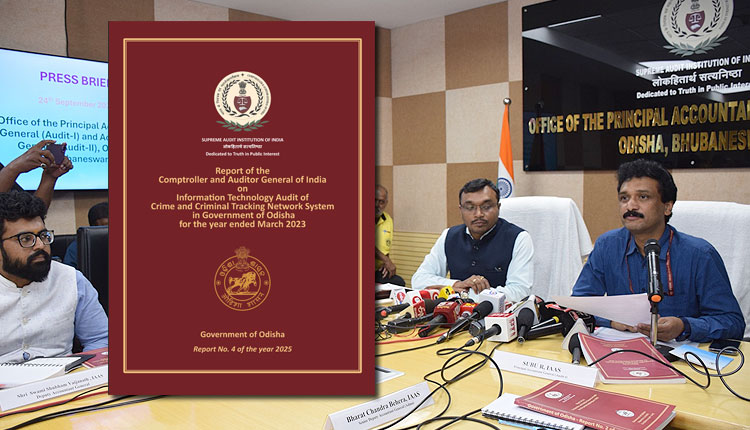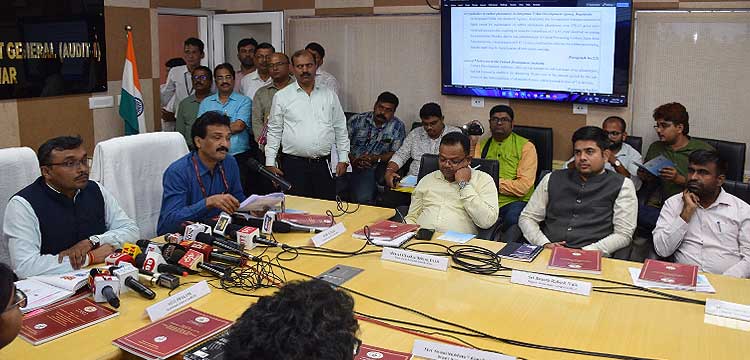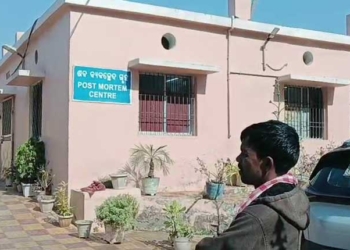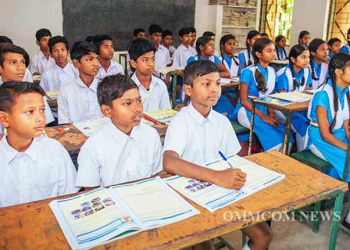Bhubaneswar: The Comptroller and Auditor General of India (CAG) has flagged serious gaps in the implementation of the Crime and Criminal Tracking Network System (CCTNS) in Odisha, revealing deficiencies in planning, digitisation, monitoring, and utilisation of the project. The CAG report was tabled in the Odisha Assembly on Wednesday by Chief Minister Mohan Charan Majhi.
The CCTNS project, a centrally sponsored Mission Mode initiative under the National e-Governance Plan, was rolled out in Odisha in 2013 to enhance policing efficiency by creating a digitised, nationwide crime and criminal database. By March 2023, a total of ₹176.16 crore had been spent jointly by the Centre and the state.
The CAG found irregularities in the tendering process that extended undue benefit to the software services provider. More critically, the digitisation and migration of old records, a core requirement, was not completed as per contract. Instead of digitising case records from 2001 onwards, the State Crime Records Bureau (SCRB) restricted the exercise to the period 2003–2012. Errors in digitisation further undermined the system’s utility, leaving records prior to 2013 inaccessible.
Audit scrutiny also revealed data integrity issues, including multiple IDs for the same accused or complainant, illogical sequencing of events (such as FIRs dated earlier than General Diary entries), and instances where arrests and seizures were recorded before FIRs. Between January 2018 and March 2023, at least 412 FIRs were registered before corresponding GD entries, raising risks of unauthorised data manipulation.
The report flagged control failures in access management, allowing police personnel no longer in charge of cases to retain access. Incorrect mapping of police stations with reporting authorities led to continued reliance on manual supervision.
Essential modules were left underutilised—only 18,513 case diaries were recorded digitally against 7.44 lakh FIRs registered manually during 2018–2023. Similarly, charge sheets and court disposal memos were still being handled manually, leaving the CCTNS database incomplete.
The CAG observed that the intended shift of compliance burden from individual officers to the system had not materialised. The persistence of parallel manual systems created risks of errors, inconsistencies, and potential manipulation of records.
Despite these shortcomings, some innovations were noted. The SCRB designed a colour-coded ranking tool to monitor SP-level performance, and the Odisha Police introduced the Arakhi mobile app for on-the-spot case updates. The CCTNS dashboard was also redesigned to integrate multiple modules through a single sign-on and make better use of data analytics.
The CAG has recommended: Transparent tendering and avoidance of scope changes post-contract; Comprehensive digitisation of old records for accurate migration; Correct mapping of police stations and officers to reporting authorities; Enforcement of chronological sequencing of GDs, FIRs, arrests, and seizures; Mandatory use of CCTNS for missing persons, non-cognisable cases, case diaries, charge sheets, and court memos; Stronger input validations, access logs, and data consistency checks; Elimination of parallel manual records in a phased manner; and Adequate training for personnel to ensure smooth adoption.
The CAG concluded that despite a decade of implementation, the core objectives of CCTNS in Odisha remain unfulfilled, leaving “residual risks of errors and chances of manipulation.”



















